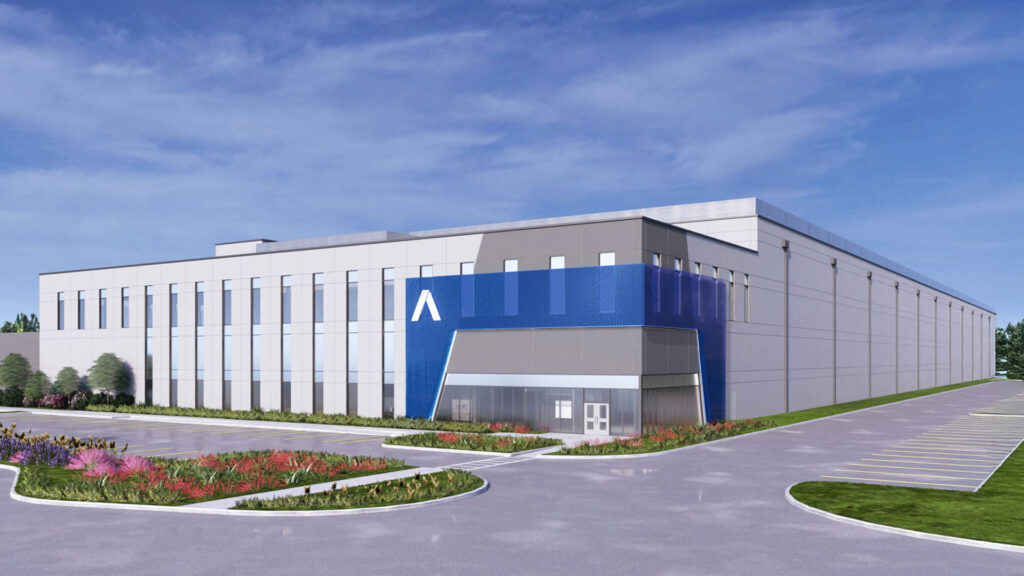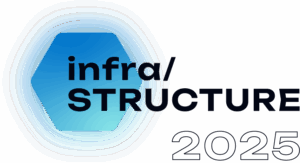Digital infrastructure is transforming the global economy, but with this transformation comes a host of challenges and opportunities. In a recent episode of PTC’s Digging Into the Future, host Bill Barney sat down with Richard Lukaj, Founder and Senior Managing Director of Bank Street, to explore how advancements in AI, data centers, and sustainable energy are reshaping the investment landscape.
With over 35 years of experience in digital infrastructure, Lukaj shared his unique perspective on the convergence of power and data, the economic potential of green energy, and the evolving role of countries and regions in this rapidly growing sector. His insights gave us a clear look at an industry at the crossroads of innovation and sustainability.
Balancing Energy Demands with Growth
One of the key challenges facing the digital infrastructure sector is its growing appetite for power. As hyperscale data centers expand, they create enormous demand for electricity—demand that often competes with the needs of local communities. Lukaj highlighted the importance of addressing this balance, noting that the issue requires collaboration between public and private sectors.
”The trajectory of data infrastructure is growing, and with it, the consumption of power. We have to reconcile this new reality.”
Richard LukajFounder and Senior Managing Director of Bank Street
He pointed out that some regions in the United States are already wrestling with this challenge. While data centers enjoy uninterrupted power, nearby communities may experience brownouts and shortages. For Lukaj, the solution lies in finding sustainable ways to integrate power and data infrastructure, particularly in regions rich in renewable energy sources like geothermal and hydroelectric power.
Green Energy: The New Oil
Lukaj described renewable energy as the “new oil,” comparing its transformative potential to the discovery of oil reserves in the Middle East. For countries with abundant green energy resources, this represents a significant economic opportunity. By hosting hyperscale data centers, these nations can attract large-scale investments and create long-term revenue streams.
“For economies blessed with green energy resources, this wave of activity can be transformative,” Lukaj explained. “It’s an annuity stream that can provide lasting wealth.” He cited Iceland as a prime example, where renewable power could support data infrastructure while driving economic growth. A single data center project, he noted, could inject millions of dollars into a small country’s economy every year, funding critical services like healthcare and education.
Competition and Innovation
Looking at the competitive landscape across global markets, Lukaj emphasized how regions are vying to attract data infrastructure investments. Smaller countries with surplus energy and strategic locations could see transformational growth by becoming hubs for hyperscale data centers. However, this competition requires innovation, collaboration, and significant infrastructure investments. Lukaj described these efforts as both a challenge and an opportunity, “These projects require vast land, significant power, and massive connectivity investments. Orchestrating these layers is a tremendous feat but also an incredible opportunity.”
A Responsible Path Forward
While the potential of digital infrastructure is exciting, Lukaj stressed the need for responsible approaches to innovation. He warned of the unintended consequences of rapid technological advances, drawing parallels to the societal impacts of social media. “We must understand the intended and unintended consequences of these evolutions to ensure sustainable growth,” he said, emphasizing the importance of careful planning and collaboration.
Despite the challenges, Lukaj expressed optimism about the future. He highlighted the United States’ renewed leadership in digital infrastructure and praised the global efforts to integrate sustainability into the industry’s growth. “The convergence of power and data infrastructure is not just a technical feat—it’s a pathway to economic and societal transformation,” he concluded.

































